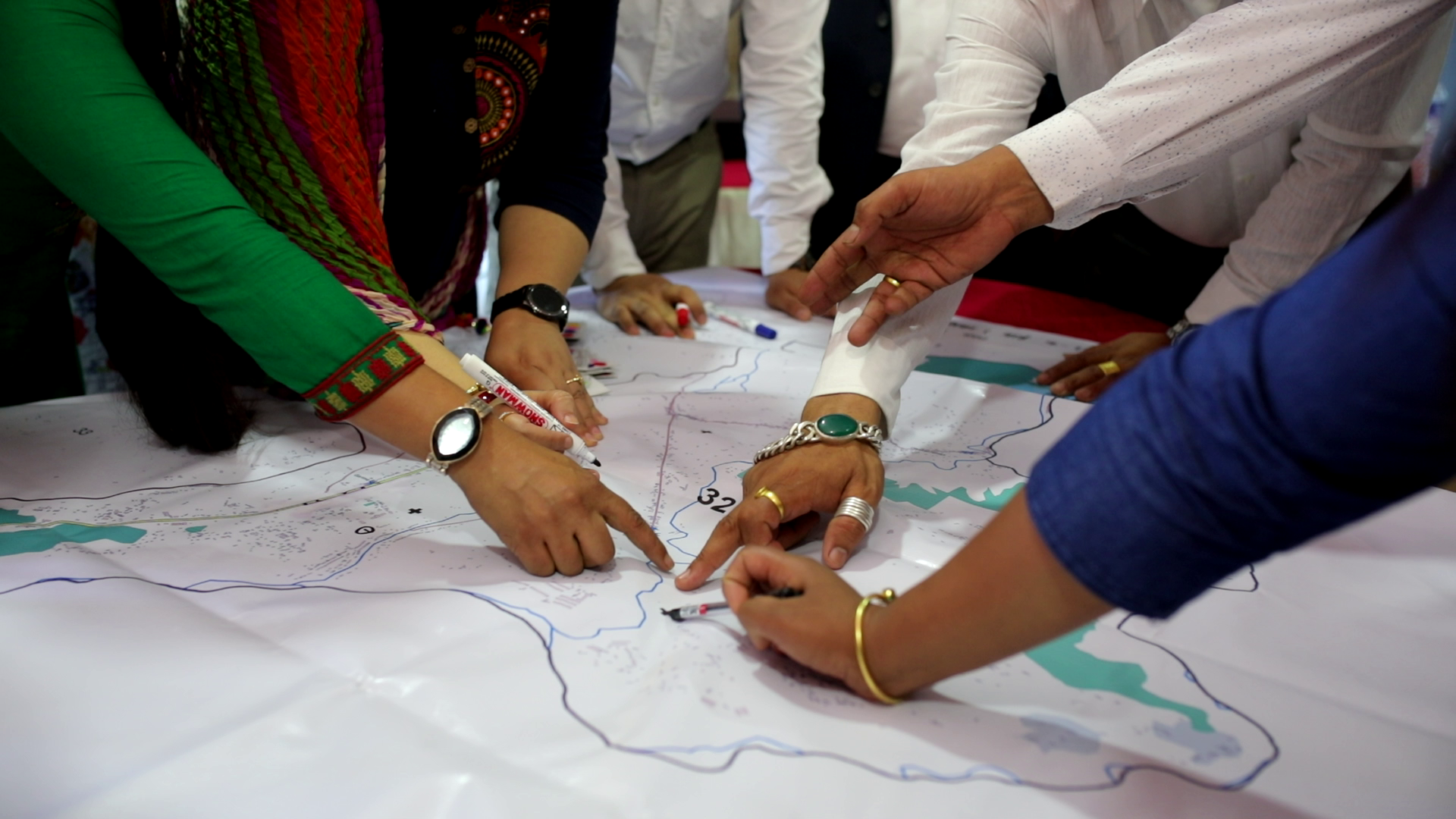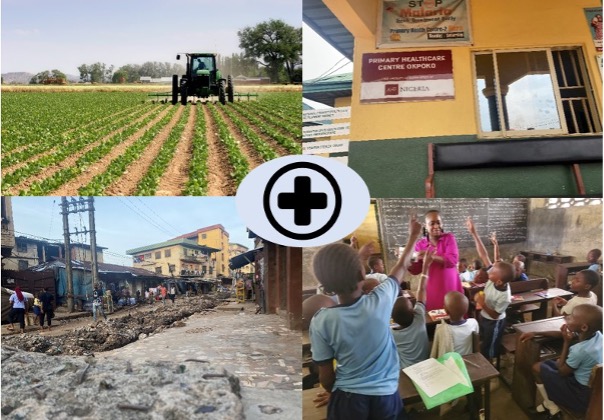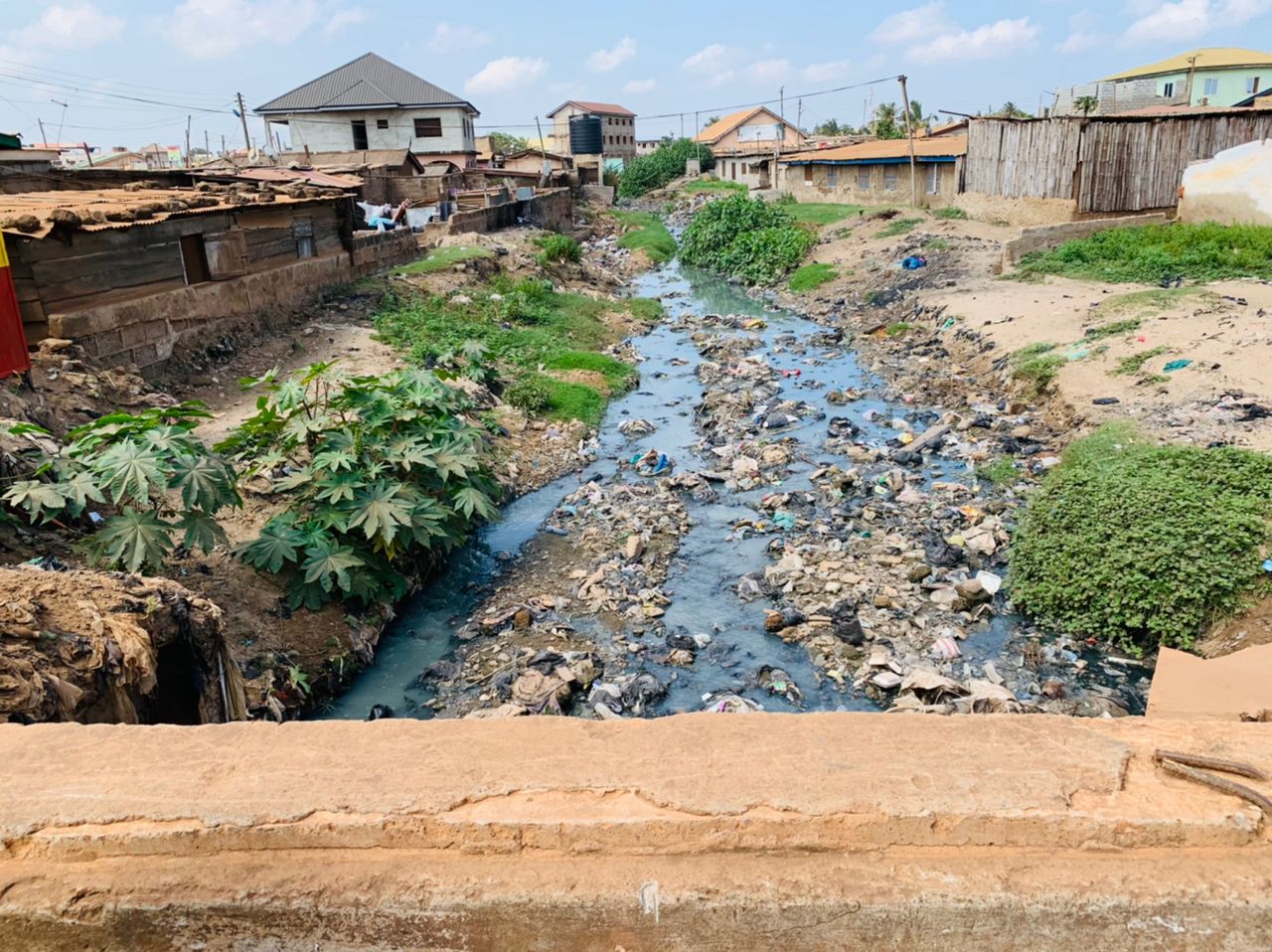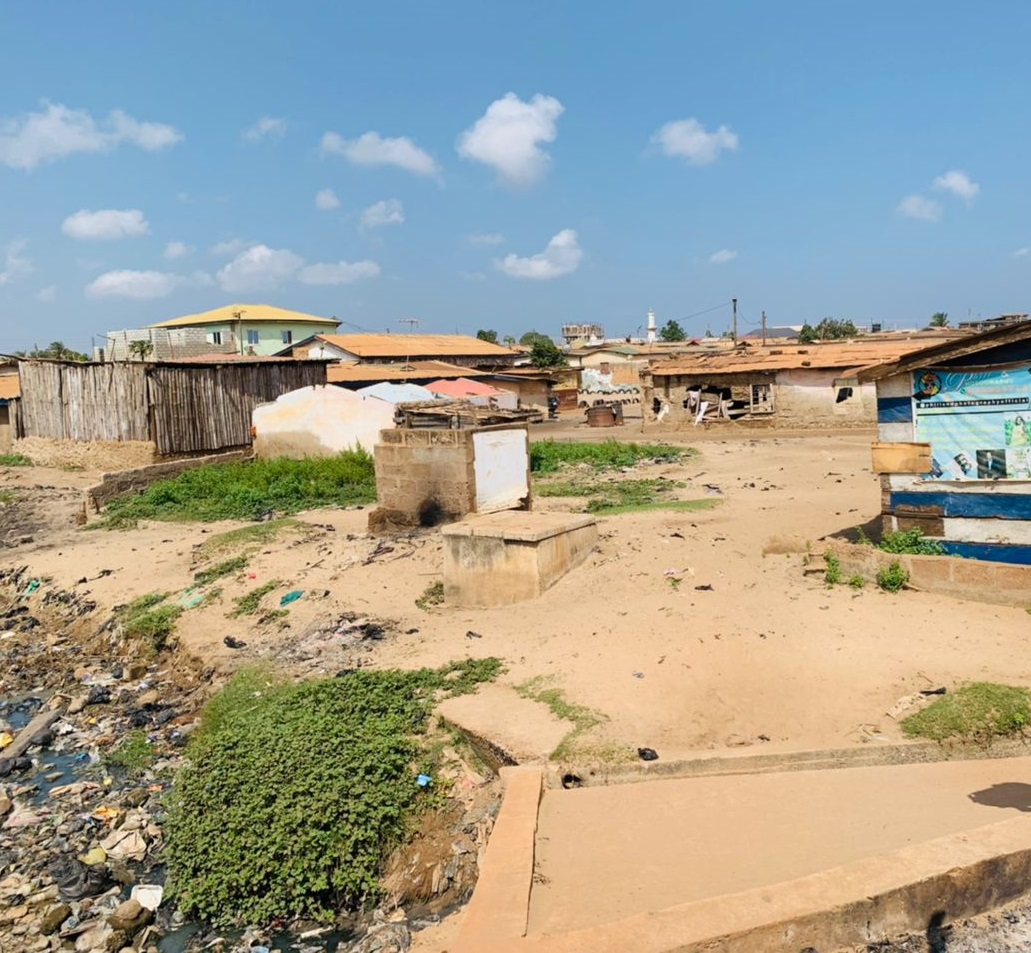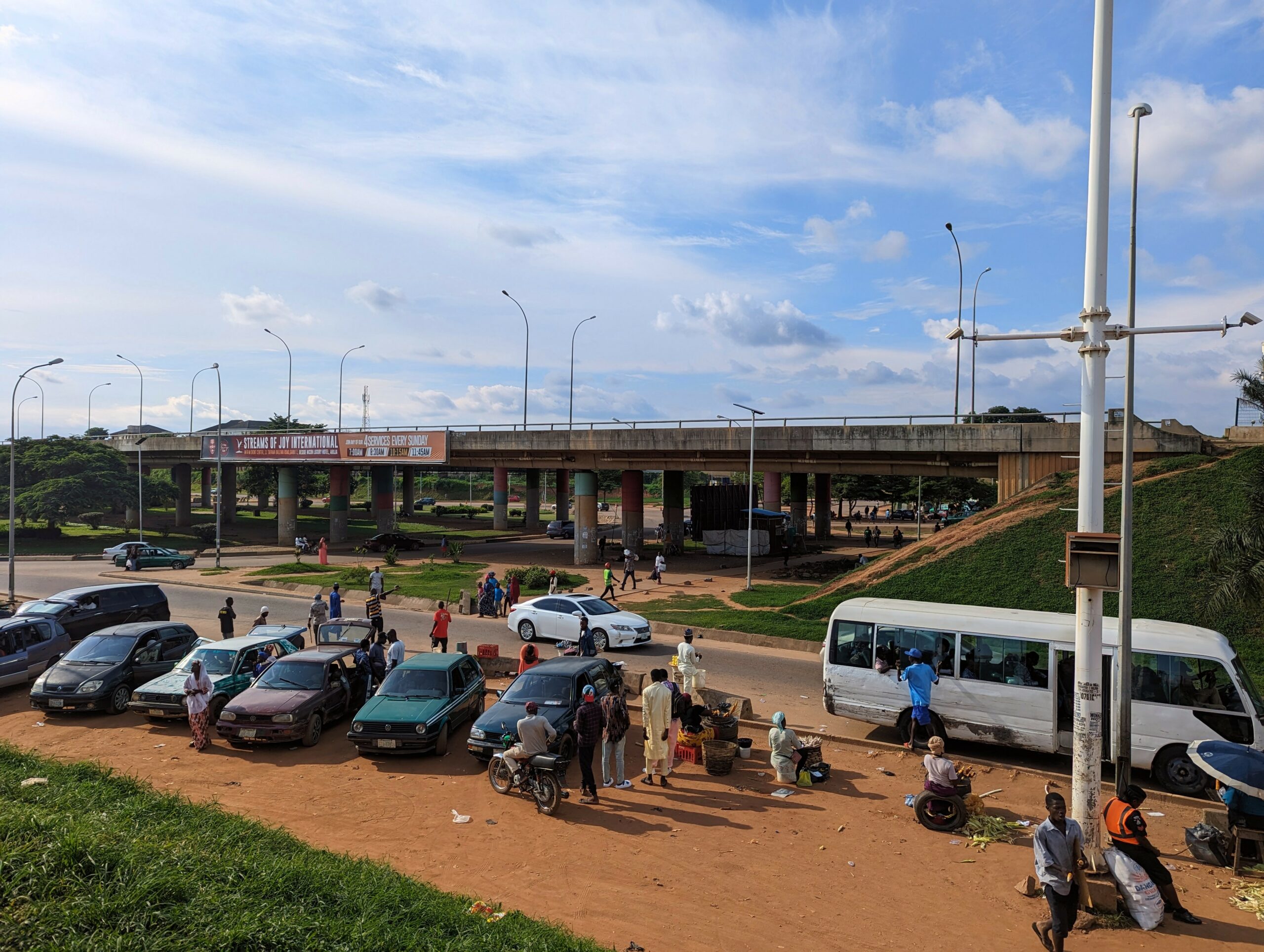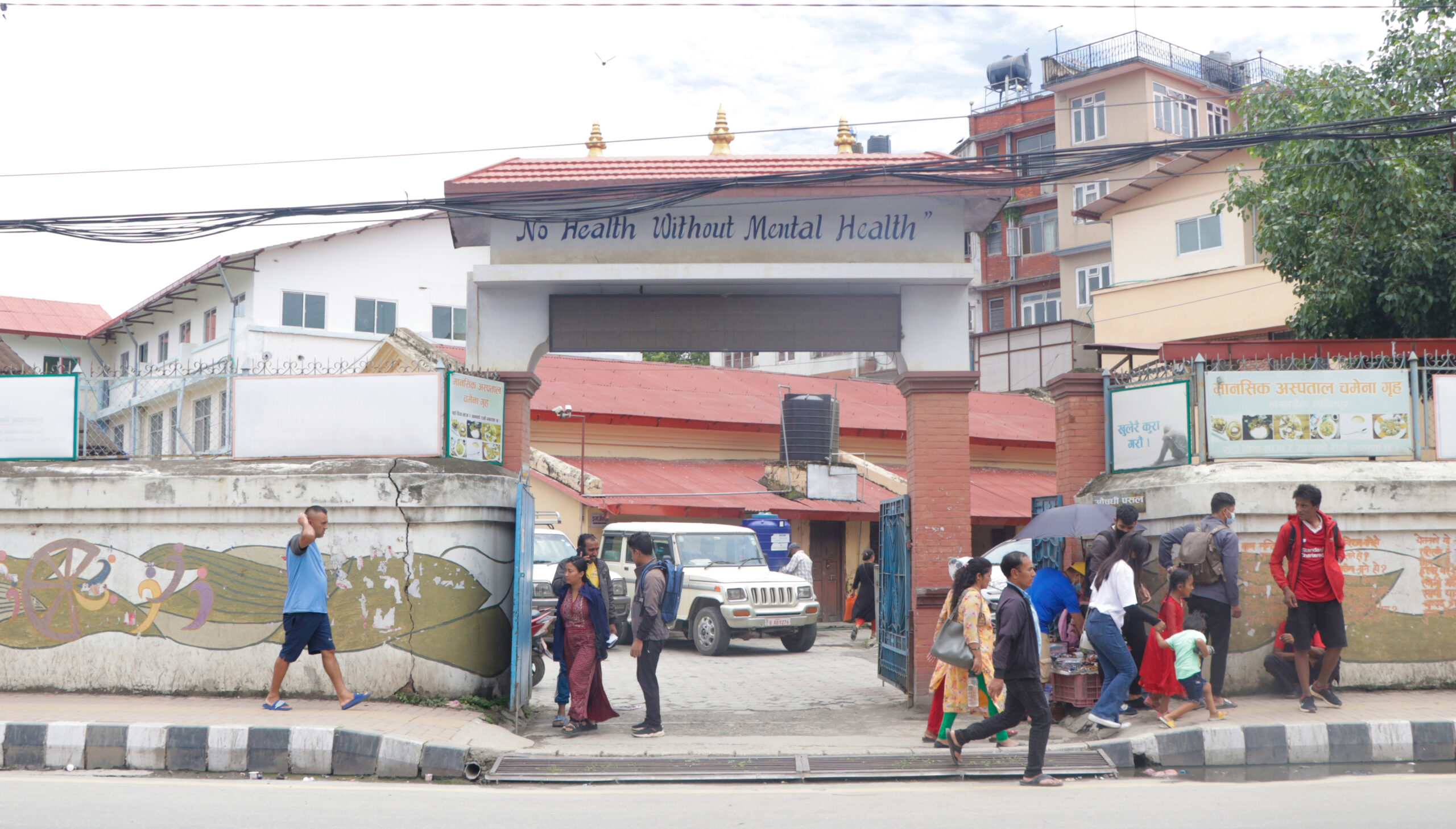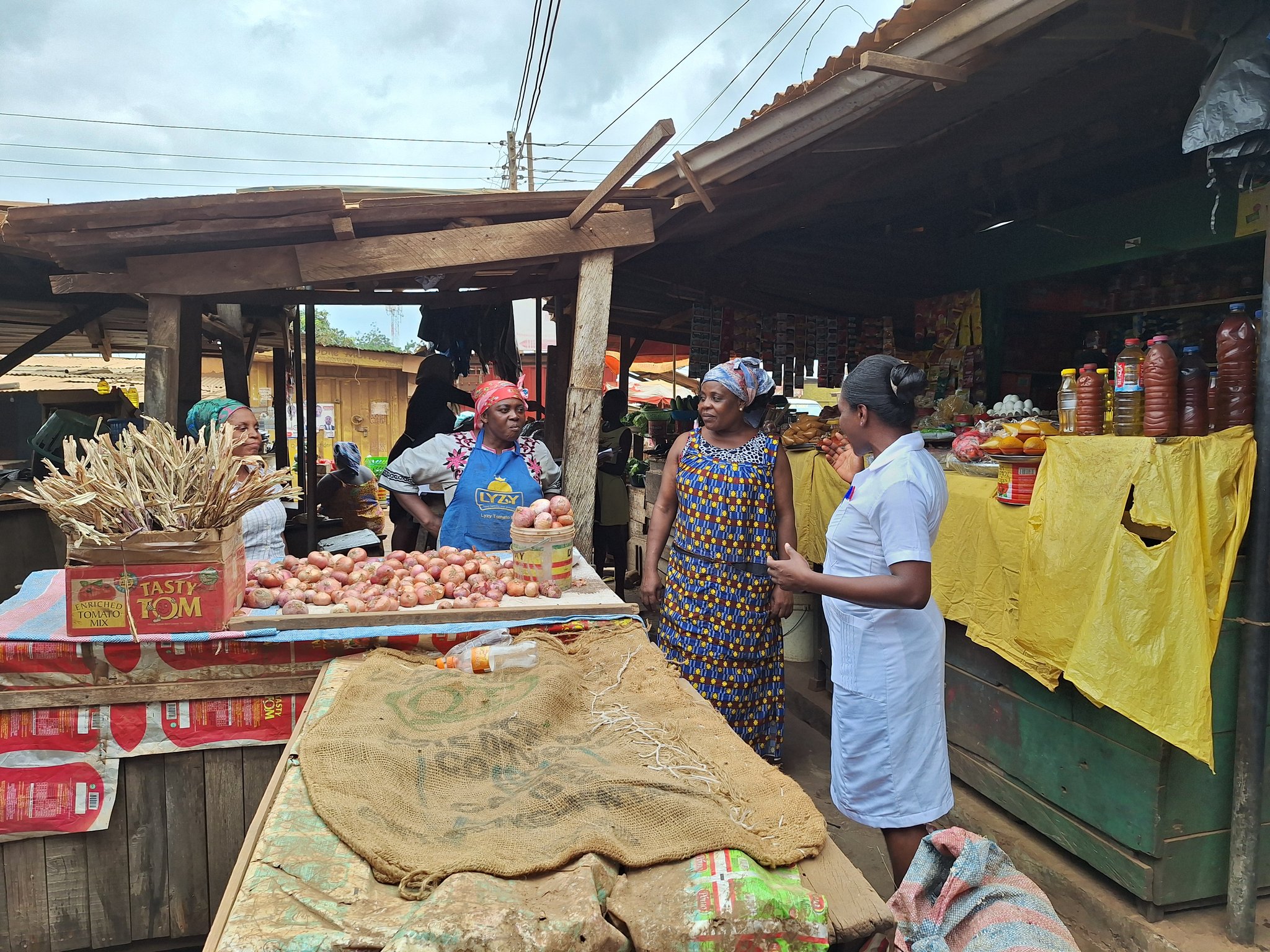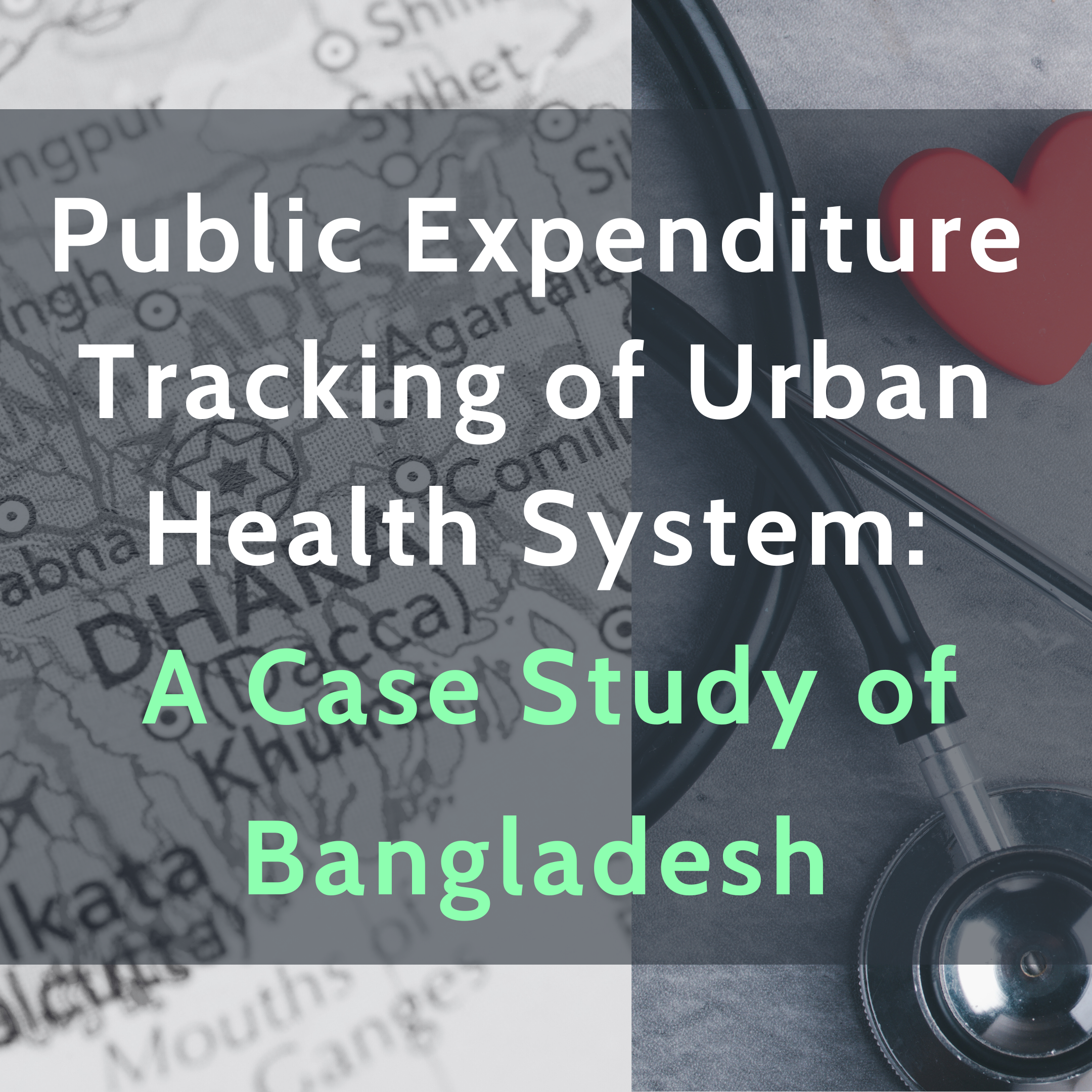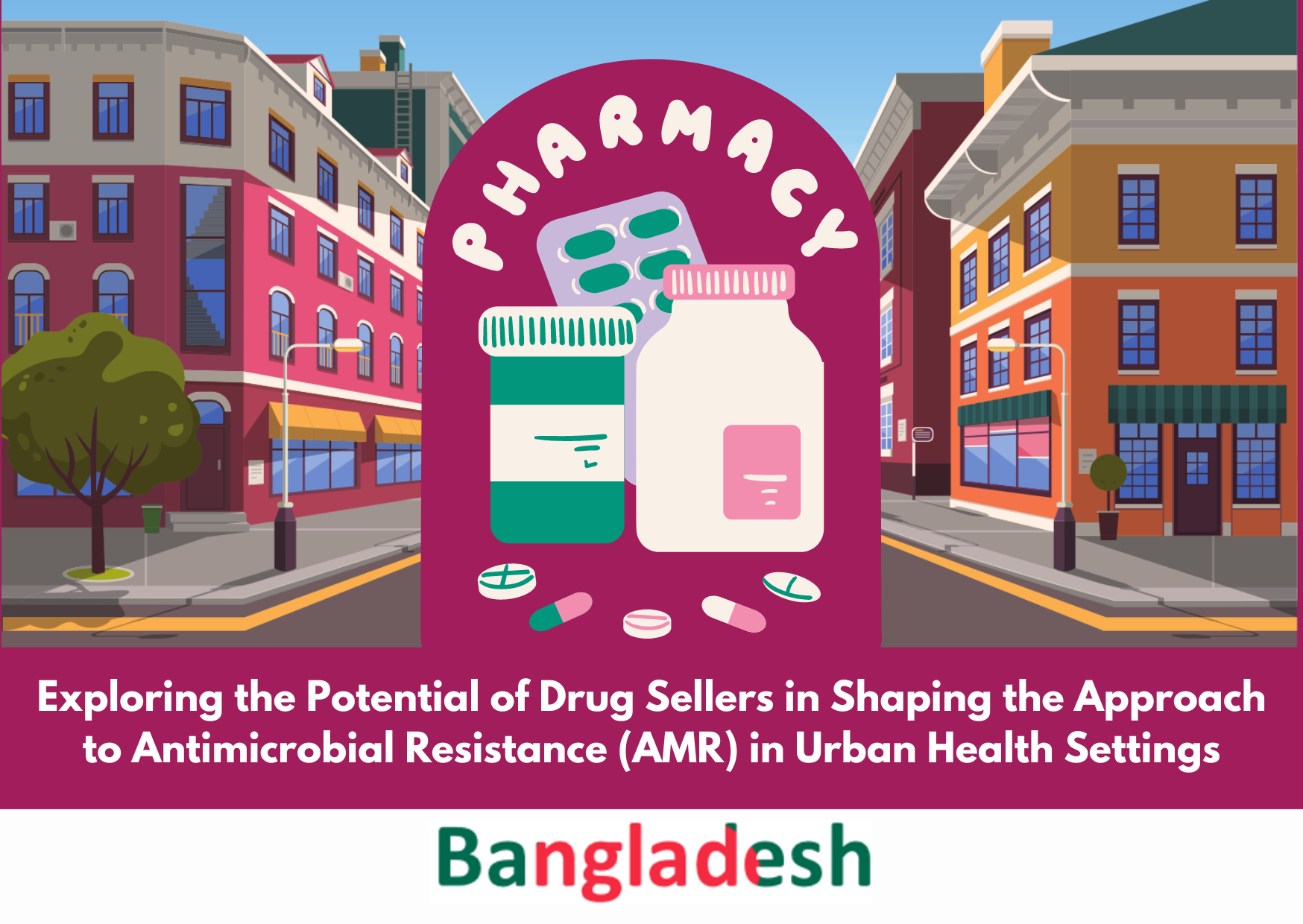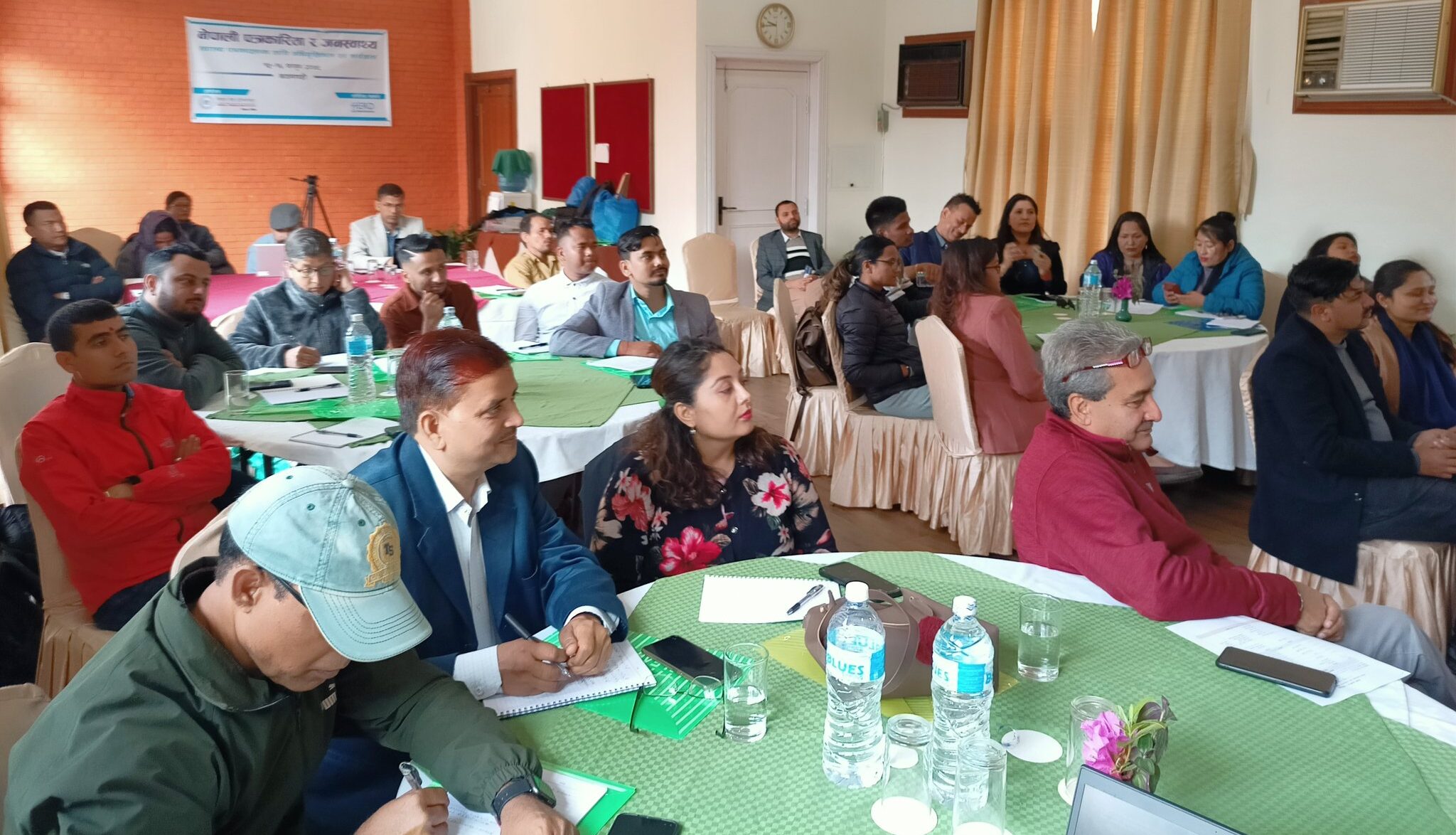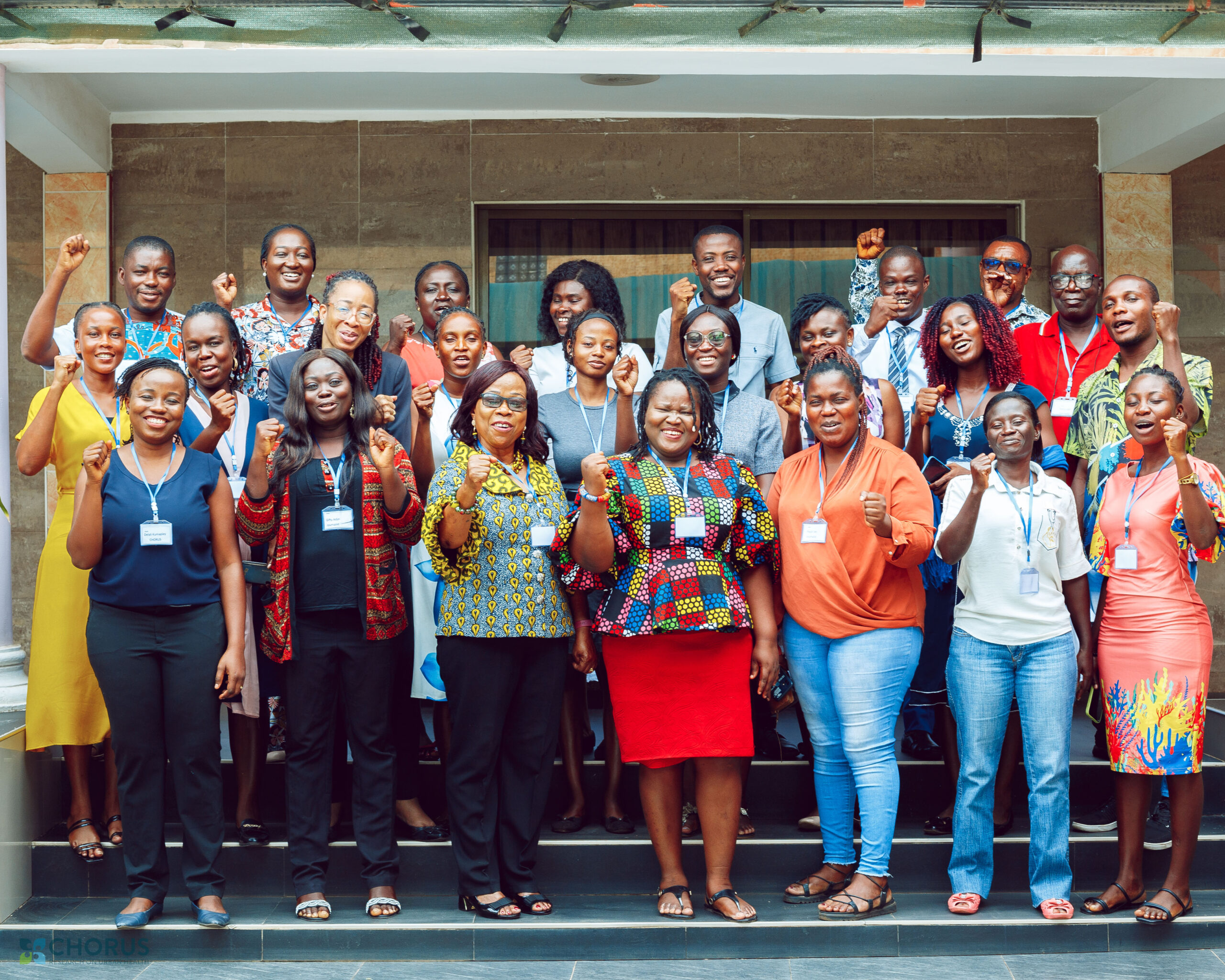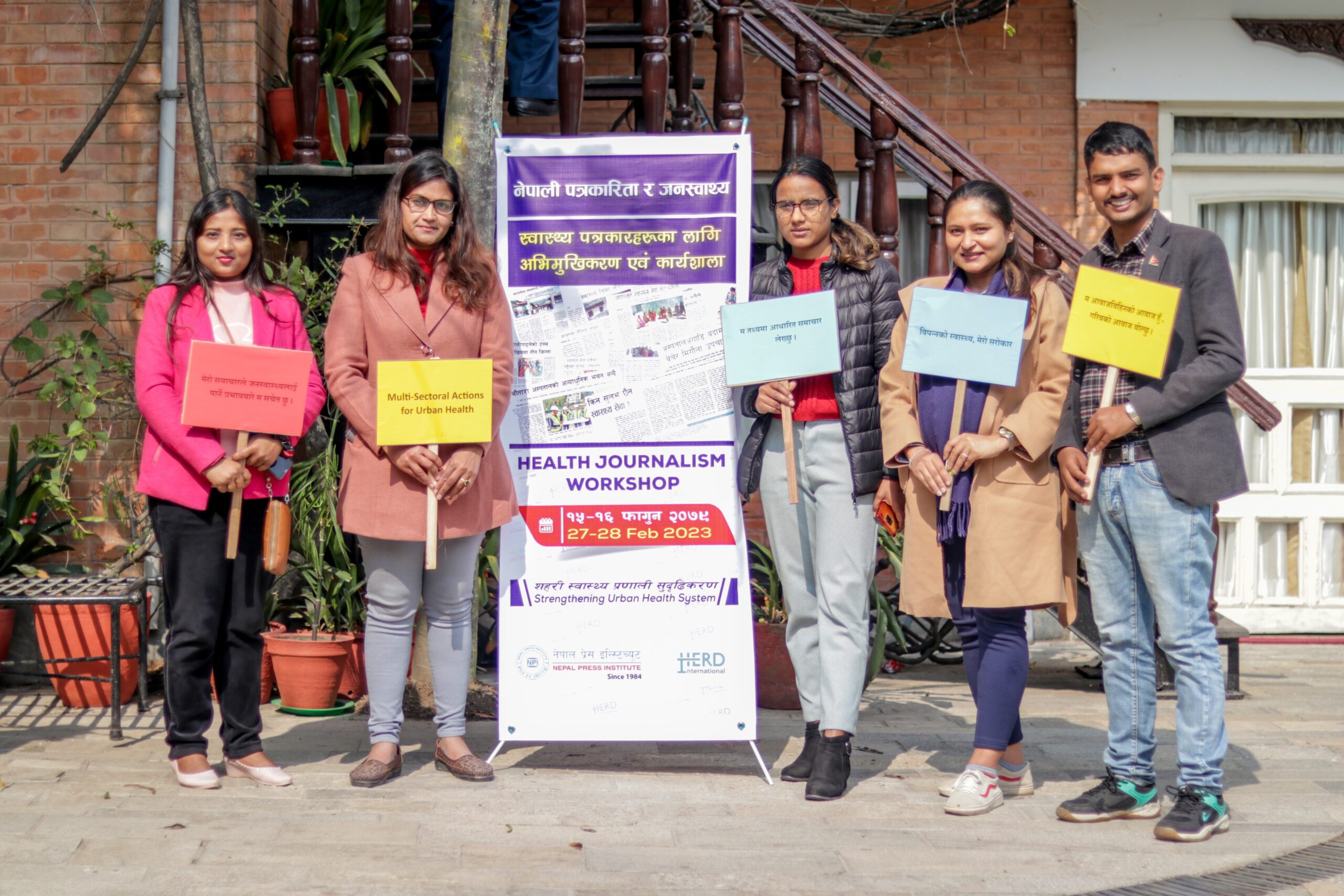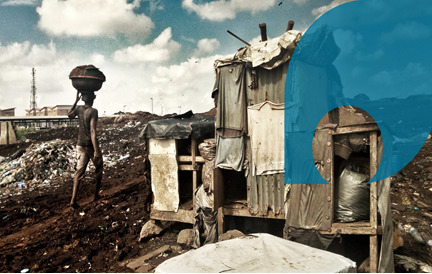
PILLAR TWO

PILLAR TWO
PILLAR 2: MULTISECTORAL COLLABORATION
The environmental, social and behavioural determinants of urban health make multisectoral action key. The inclusion of non-healthcare sectors is vital; poor water, sanitation and waste disposal, inadequate and overcrowded housing, poorly planned transport systems and heavy pollution, limited and poorly maintained green and recreational spaces have all been identified as directly undermining health.
Evidence from across Africa and Asia highlights these associations, e.g. only 13.5% of households in Accra are served by door-to-door collection of solid waste, resulting in waste in open spaces and rivers and significant associations with respiratory and gastro-intestinal ill-health.
In Nigeria an audit across Lagos found poor management and governance and lack of coordination across sectors resulting in a disordered built environment, poor transport, inadequate power supply and waste collection.
The interaction between socio-environmental factors and health is clearly evidenced e.g. in urban Bangladesh, women’s low levels of physical activity are associated with lack of neighbourhood safety, poor street lighting, lack of clean recreational space as well as gendered perceptions of mobility.
The impacts of air pollution are becoming increasingly evident with some residents and occupations particularly affected e.g. in Kathmandu valley with traffic police, indoor officer workers and areas neighbouring busy roads are found to have worse exposure. And urbanisation is changing gender norms with more women working outside the home with limited extended family available to migrant families, children’s health and development suffers.
Addressing health across sectors such as water, transport, economic development, education has the potential to offer value for money. Multi-sectoral responses are often mediated through local governments, themselves lacking in capacity. Tensions across sectors frequently arise due to competing aims of wealth creation and improving health of the poor, leading to neglect and oppression of informal settlements. The multi-sectoral remit of local government presents opportunities for strengthening the response to wider determinants of health. However, there is limited evidence of approaches that take advantage of these opportunities whilst ensuring accountability to the poorest.


